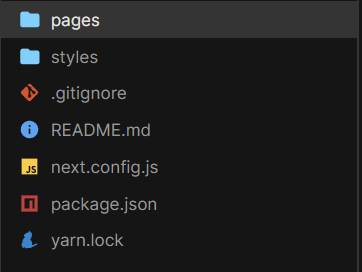
Real-time Chat application under 5 minutes using NEXTJS and Socket.io
4 December, 2022
1
1
0
Contributors
Let’s start the timer,
1. First, create a next app

Project structure
2. Install the following dependencies

Dependencies
3. Now let's start to code,

pages/api/socket.js
Now back to the client side, let’s connect to the backend.
Let's create a simple UI

Simple UI
Now let’s emit the message
